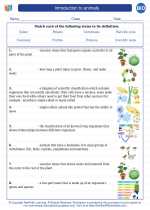Volcanic Eruptions
Volcanic eruptions are natural events that occur when magma from within the Earth's crust is expelled onto the surface. This process can result in various types of eruptions, including explosive eruptions, effusive eruptions, and phreatic eruptions.
Causes of Volcanic Eruptions
Volcanic eruptions are caused by the accumulation of magma beneath the Earth's surface. This magma can build up pressure and eventually find a path to the surface through a volcano's vent. The type of eruption that occurs depends on the composition and viscosity of the magma, as well as the presence of gases and groundwater.
Types of Volcanic Eruptions
1. Explosive Eruptions: These eruptions are characterized by the ejection of ash, rocks, and volcanic gases into the air. They are often associated with stratovolcanoes and can be extremely hazardous to nearby communities.
2. Effusive Eruptions: These eruptions involve the relatively gentle outpouring of lava onto the Earth's surface. They are typically associated with shield volcanoes and can create extensive lava flows.
3. Phreatic Eruptions: These eruptions occur when water comes into contact with hot volcanic rocks or magma, leading to the sudden generation of steam. This can result in explosions that eject ash and rocks into the air.
Impact of Volcanic Eruptions
Volcanic eruptions can have significant impacts on the environment and human populations. They can cause widespread destruction of property, loss of life, and disruption of ecosystems. Additionally, volcanic ash and gases can have long-term effects on climate and air quality.
Study Guide
- Describe the causes of volcanic eruptions, including the role of magma pressure and composition.
- Compare and contrast explosive, effusive, and phreatic eruptions, including their associated volcanic landforms.
- Discuss the potential impacts of volcanic eruptions on the environment and human communities.
- Explain the role of volcanic monitoring and prediction in mitigating the effects of eruptions.
For further study, consider researching specific volcanic events and their impacts, as well as the mechanisms of lava flow and volcanic gas emissions.
[Volcanic Eruptions] Related Worksheets and Study Guides:
.◂Biology Worksheets and Study Guides High School. Introduction to animals
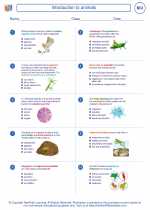
 Worksheet/Answer key
Worksheet/Answer key
 Worksheet/Answer key
Worksheet/Answer key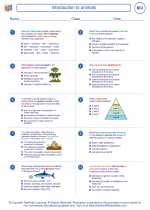
 Worksheet/Answer key
Worksheet/Answer key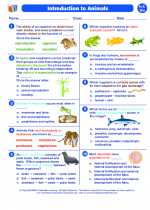
 Vocabulary/Answer key
Vocabulary/Answer key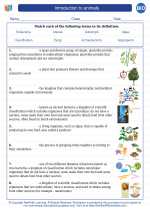
 Vocabulary/Answer key
Vocabulary/Answer key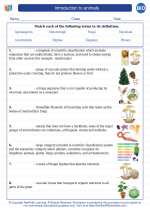
 Vocabulary/Answer key
Vocabulary/Answer key